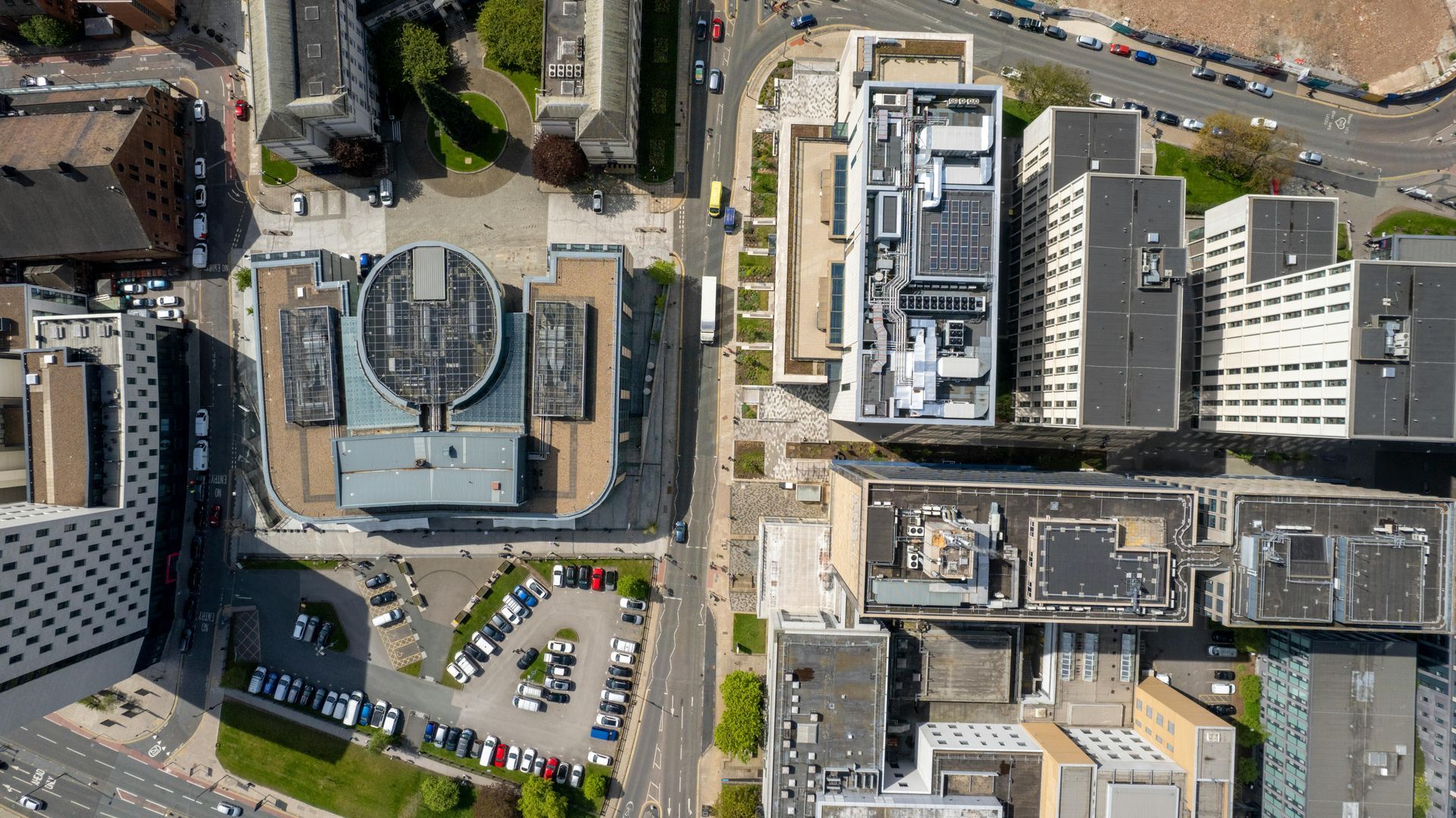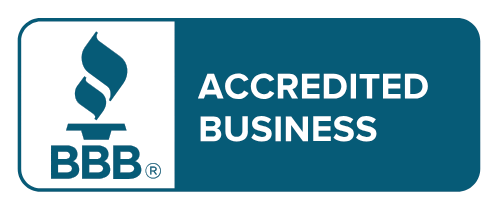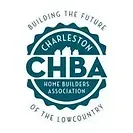The Essential LEED Certification Process Specific to Charleston

Unlocking Success: The Essential LEED Certification Process Specific to Charleston
Building a new custom home in Charleston can be exciting and fulfilling. One important aspect to consider is the LEED certification process. This certification helps builders create homes that are friendly to the environment. It focuses on using sustainable materials, being energy-efficient, and ensuring good air quality. In this guide, you will learn about the steps to get LEED certified, its importance, and how it can benefit your new custom home project in Charleston.
Key Takeaways
- LEED Certification: A program that promotes sustainable building practices.
- Energy Efficiency: Homes save on energy costs and reduce their carbon footprint.
- Water Management: Helps to conserve water through smart designs and systems.
- Indoor Air Quality: Ensures a healthy living environment for you and your family.
- Local Resources: Charleston has unique guidelines and resources for LEED certification.
For more insights into sustainable living, explore the advantages of eco-friendly home building practices.
Understanding LEED Certification
LEED stands for Leadership in Energy and Environmental Design. This program was created by the U.S. Green Building Council (USGBC). LEED certification shows that a building or home meets certain environmental standards. It promotes energy savings, water efficiency, and reduction of CO2 emissions.
When you decide to build a new home in Charleston, consider aiming for LEED certification. It can make your home more sustainable and valuable. Plus, it shows your commitment to protecting the environment.
Why Choose LEED Certification for Your Custom Home?
Choosing to pursue LEED certification for your new custom home offers many advantages:
Energy Savings
A LEED-certified home is built with energy efficiency in mind. This helps lower your utility bills. You will use less electricity and gas. This is good for your wallet and the planet.
Water Conservation
LEED certification encourages water-saving methods. This includes using efficient fixtures and appliances. It may also involve using systems that capture rainwater for irrigation. This is especially important in Charleston, where water management is crucial.
Healthier Indoor Environments
LEED focuses on improving indoor air quality. This means using materials that are less harmful to health. Homes will have better ventilation and less dust and allergens. As a result, your new home will be a safer place for you and your family.
Increased Home Value
A certified LEED home can be more valuable. Many buyers look for homes that are energy-efficient and environmentally friendly. When you plan to sell, your home could attract more interest and possibly a higher price.
Additional Benefits of LEED Certification
- Reduced Waste: LEED encourages recycling and the use of recycled materials during construction.
- Tax Incentives: Some states offer tax credits or incentives for building sustainable homes.
- Community Impact: LEED homes contribute to a healthier community by reducing pollution and promoting green spaces.
The LEED Certification Steps
Getting your home LEED certified can seem overwhelming at first. However, breaking it down into steps can help. Here are the main steps to follow:
Step 1: Register Your Project
The first step in the LEED certification process is to register your project with the USGBC. This involves filling out an online form and paying a registration fee. Registration allows you to access resources and tools to guide you through the certification process.
Step 2: Create a Project Team
Building a custom home is a team effort. Include an architect, builder, and other professionals who understand LEED standards. Having a strong team is important for success.
Step 3: Design Your Home
Your project team will help you design your home to meet LEED standards. Focus on energy efficiency, water conservation, and indoor air quality. Use sustainable materials and techniques during this stage.
Step 4: Apply for Certification
Once your design is complete, you will submit your application for certification. This includes documentation that shows how your home meets LEED standards.
Step 5: Construction
During the construction phase, ensure that all team members follow the approved design. It is essential to keep track of the materials and methods used in building your home. Regular meetings and good communication can help keep everything on track.
Step 6: Performance Testing
After construction, testing is necessary to confirm that your home meets LEED requirements. This can include energy audits and water usage tests.
Step 7: Final Certification
Once your home passes all tests, you will receive the final certification. This shows that your home meets all LEED standards.
Understanding LEED Levels and Points
LEED certification has different levels based on points earned for various categories. The more points you earn, the higher your certification level. The levels are:
Certification Level Points Required Certified 40-49 points Silver 50-59 points Gold 60-79 points Platinum 80 points and above Getting to Gold or Platinum is a great goal for a custom home builder. It speaks to the quality and sustainability of your home.
The Benefits of LEED Certification in Charleston
Charleston is a beautiful city known for its rich history and culture. However, it also faces environmental challenges. LEED certification can help by promoting sustainable building practices. Here are a few ways that LEED benefits Charleston:
Promotes a Greener Community
When more homes are LEED certified, it supports a greener Charleston. This reduces pollution and helps protect local wildlife. It also helps to combat climate change.
Supports Local Economy
Building LEED-certified homes can create jobs. This includes hiring local builders, architects, and artisans. Supporting local businesses is good for the community.
Reduces Energy Consumption
If many homes in Charleston become LEED certified, energy use can drop significantly. This can lead to lower energy costs for everyone in the community.
Environmental Impact of LEED Certification
Environmental Benefit Description Reduced Carbon Footprint Lower greenhouse gas emissions from homes Improved Water Quality Better management of stormwater runoff Enhanced Biodiversity Supports local flora and fauna through green spaces Local Resources for LEED Certification
Charleston has many resources to help you with the LEED certification process. Here are some local organizations to consider:
Charleston Green Building Council
This organization provides information about green building practices in Charleston. They can help connect you with professionals experienced in LEED certification.
Local Workshops and Seminars
Look for workshops that focus on sustainable building practices. These often cover the LEED certification process and provide hands-on learning experiences.
Building Inspectors
Working with a building inspector who understands LEED requirements can be helpful. They can guide you on what to do during construction to stay on track for certification.
Challenges of LEED Certification
While there are many benefits to LEED certification, some challenges may arise. Here are a few common issues you might face:
Higher Initial Costs
Building a LEED-certified home can sometimes cost more upfront. This is due to higher-quality materials and advanced technology. However, these costs often pay off in energy savings over time.
Time-Consuming Process
Getting LEED certified takes time. There are many steps, and careful planning is required. You will need to stay organized and communicate well with your team.
Learning Curve
If you or your team are not familiar with LEED standards, there may be a learning curve. Education and training can help overcome this challenge.
Is LEED Certification Right for You?
Deciding to pursue LEED certification for your new custom home is a big choice. It can be beneficial in many ways, but it also requires careful thought. Here are some questions to consider:
- Do you want to reduce your environmental impact?
- Are you looking for long-term savings on energy bills?
- Would you like to improve the health of your indoor air quality?
If you answered yes to these questions, pursuing LEED certification could be the right choice for your new home. Consider consulting with experts in sustainable architecture to guide your decisions.
Conclusion
The LEED certification process in Charleston can help you build a custom home that is energy-efficient and sustainable. By understanding the steps involved and leveraging local resources, you can navigate this process successfully. Your new home will not only be a comfortable place to live but also a positive contribution to the environment.
Building a LEED-certified home is a chance to make a difference. It shows your commitment to a better future for your family and the community. If you are ready to start your journey, consider working with a team that understands both custom home building and sustainable practices.
Building a custom home is an exciting adventure. With the LEED certification process, you can ensure that your new home is not only beautiful but also sustainable for years to come.
Remember, the decisions you make today will shape the world of tomorrow. Choose wisely and keep Charleston green!






